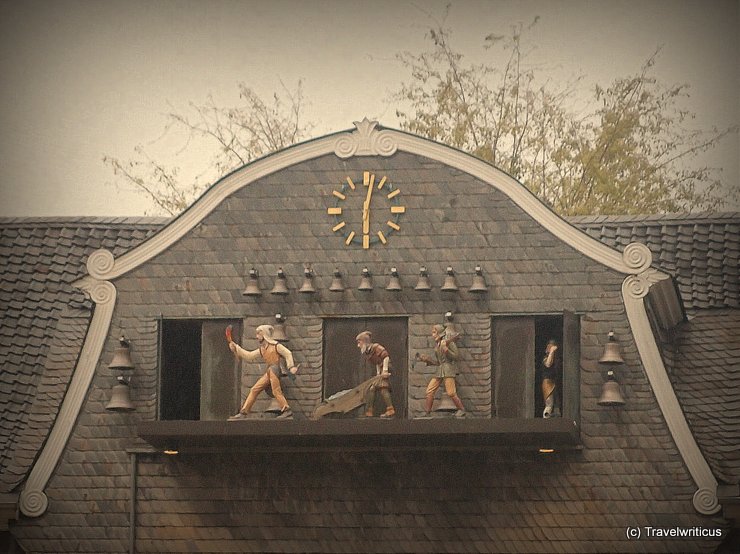
The Glockenspiel at the Kaiserringhaus in Goslar shows miners at work four times a day. In addition, the carillon bells play tunes like the Steigerlied. That way, the Glockenspiel call attention to the nearby Rammelsberg Mine.
You only see what you know (Goethe)

The Glockenspiel at the Kaiserringhaus in Goslar shows miners at work four times a day. In addition, the carillon bells play tunes like the Steigerlied. That way, the Glockenspiel call attention to the nearby Rammelsberg Mine.

I came across this fireless steam locomotive at the Chemnitz Museum of Industry. It used to work in industrial facilities where no open fire was allowed. For example, you could find them in mines, and food or chemical factories.
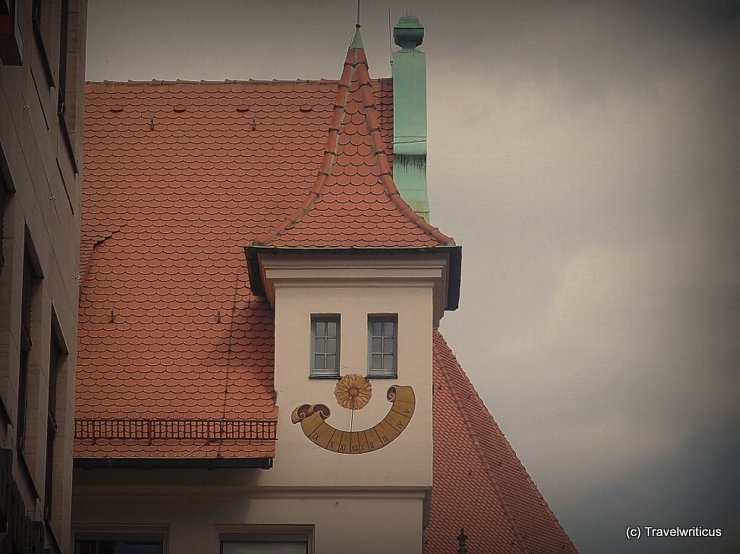
I can’t help myself, but this sundial made me smile! 🙂 I came across this piece while walking along the Sundial Path of Nuremberg. Besides artsy sundials, I also encountered fascinating medieval buildings and informative museums.
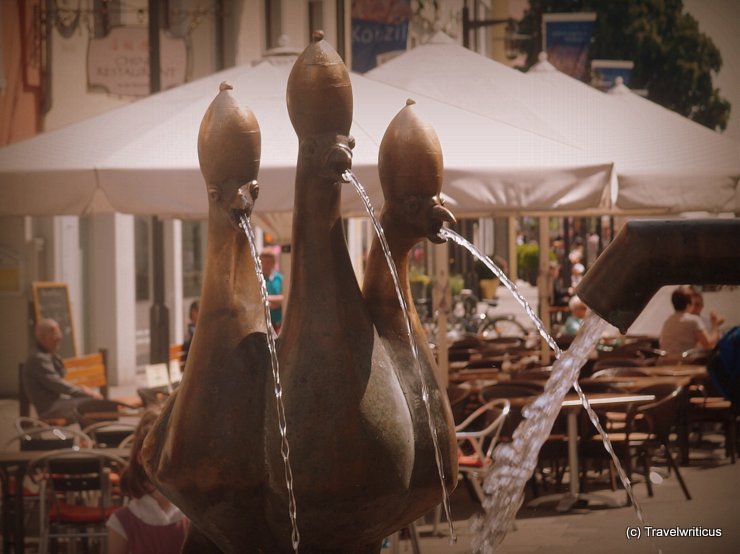
The Kaiserbrunnen (Emperor Fountain) in Konstanz (Constance) was created by sculptor Hans Baur in 1897. After a redecoration by Gernot Rumpf at the end of the 20th century, it refers to historical events related to Constance.
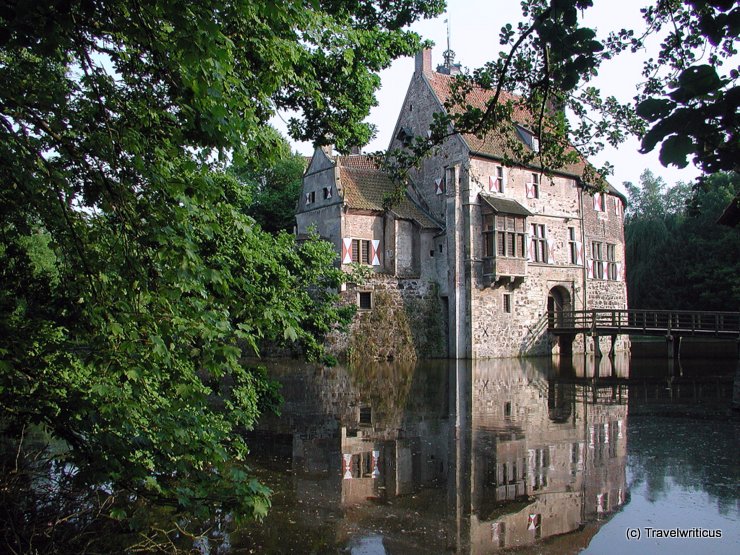
Vischering Castle (Burg Vischering) is a fine place to start a tour along the moated castles of Münsterland. You find the Münsterland Museum inside its walls, telling all about the castles and palaces of the region.
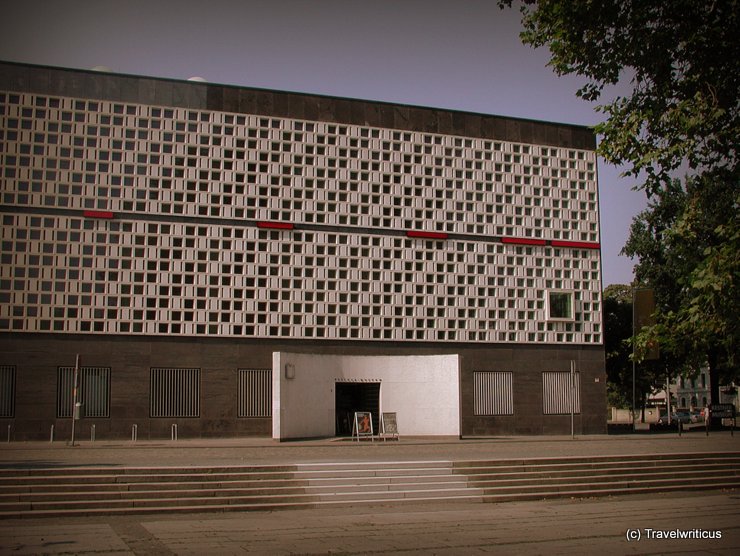
People call it “The house with the 5,000 windows”. Actually, the facade of the Museum August Kestner consists of thousands of glass elements. That way, visitors enjoy the exhibits in a special light. The building saw its opening in 1889. [German]
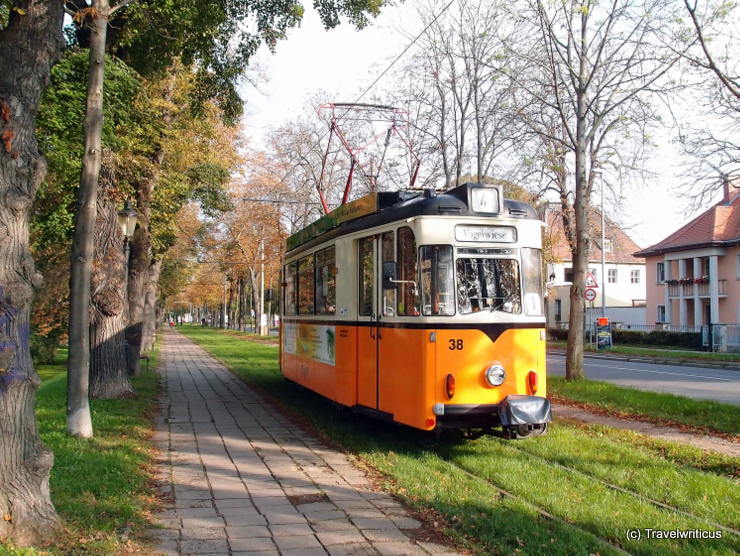
Naumburg (Saale) still uses GDR tramcars on its tourism tramline. While walking along the tracks, this “Gothawagen” T57 overtook me. Its nickname refers to the manufacturer, the Gothaer Waggonfabrik in Gotha. T57 stands for 1957, its first year of production.
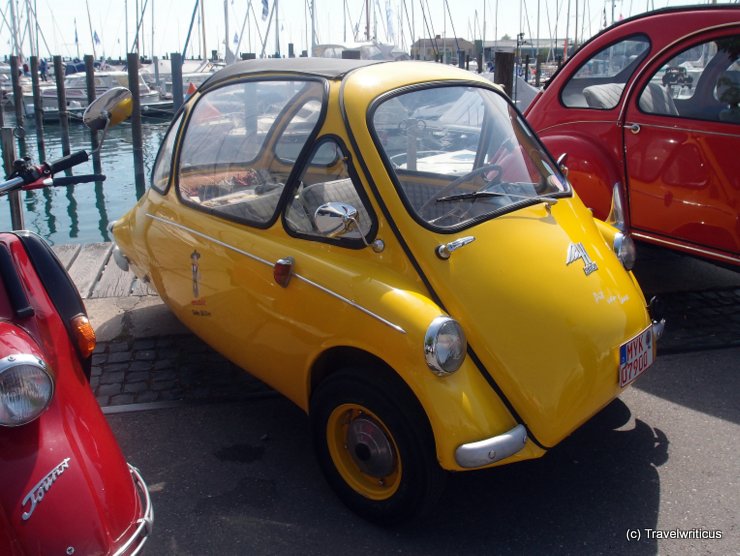
Ha, isn’t it a cutie? I saw this microcar – generally known as Heinkel Kabine – in the German city of Constance (Konstanz). It was obviously a participant in the activities along the International Lake Constance Week (Internationale Bodenseewoche). [German]
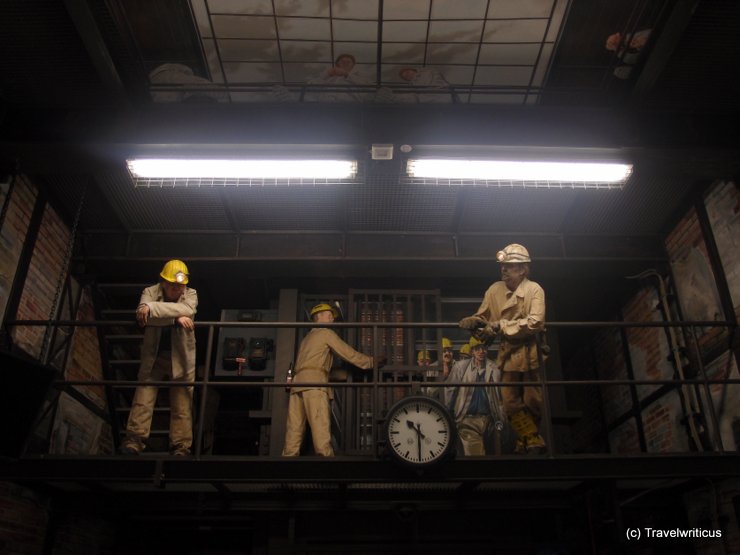
The German Mining Museum (Deutsches Bergbau-Museum) in Bochum consists of a show mine and an extensive collection of exhibits regarding mining. The photo above was taken at the elevator bringing visitors down to the show mine. [German]
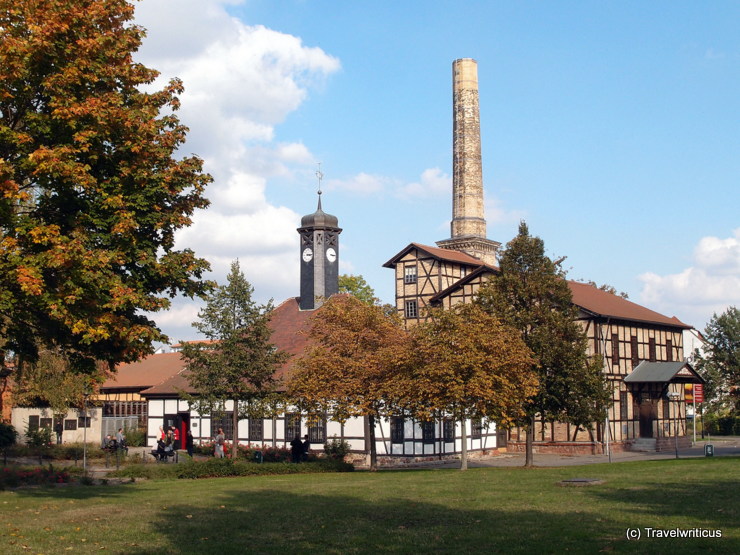
The Hallors and Saline Museum opened in the former Royal Prussian saline to Halle (Saale) in 1967. Members of a brotherhood of salt producers – the Hallors – still present traditional salt production in its rooms at regular events. [German]

This model represents the ancient forum of Cambodunum. This Roman city stood on the grounds of today’s Kempten. In the Archäologiepark Cambodunum (APC), you will find reconstructed temples of the former Roman settlement.
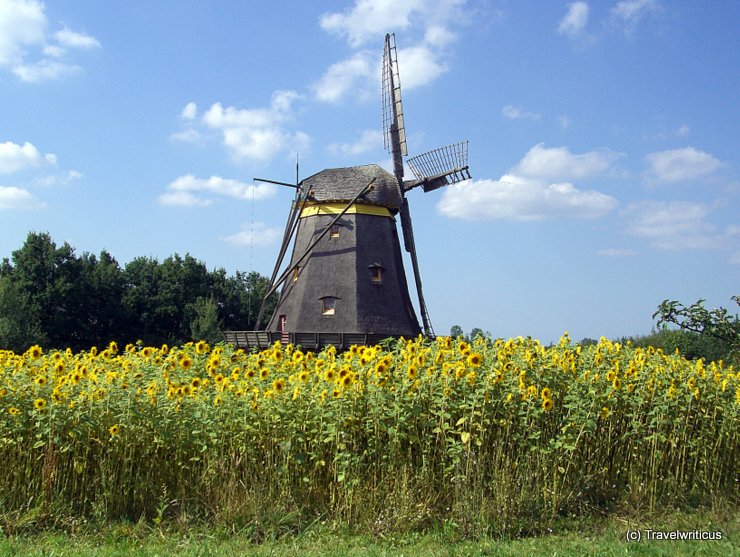
The Hessenpark forms an open-air museum featuring around 100 buildings from the German state of Hesse. Besides farmhouses, barns and windmills, you also see a marketplace with urban structures.